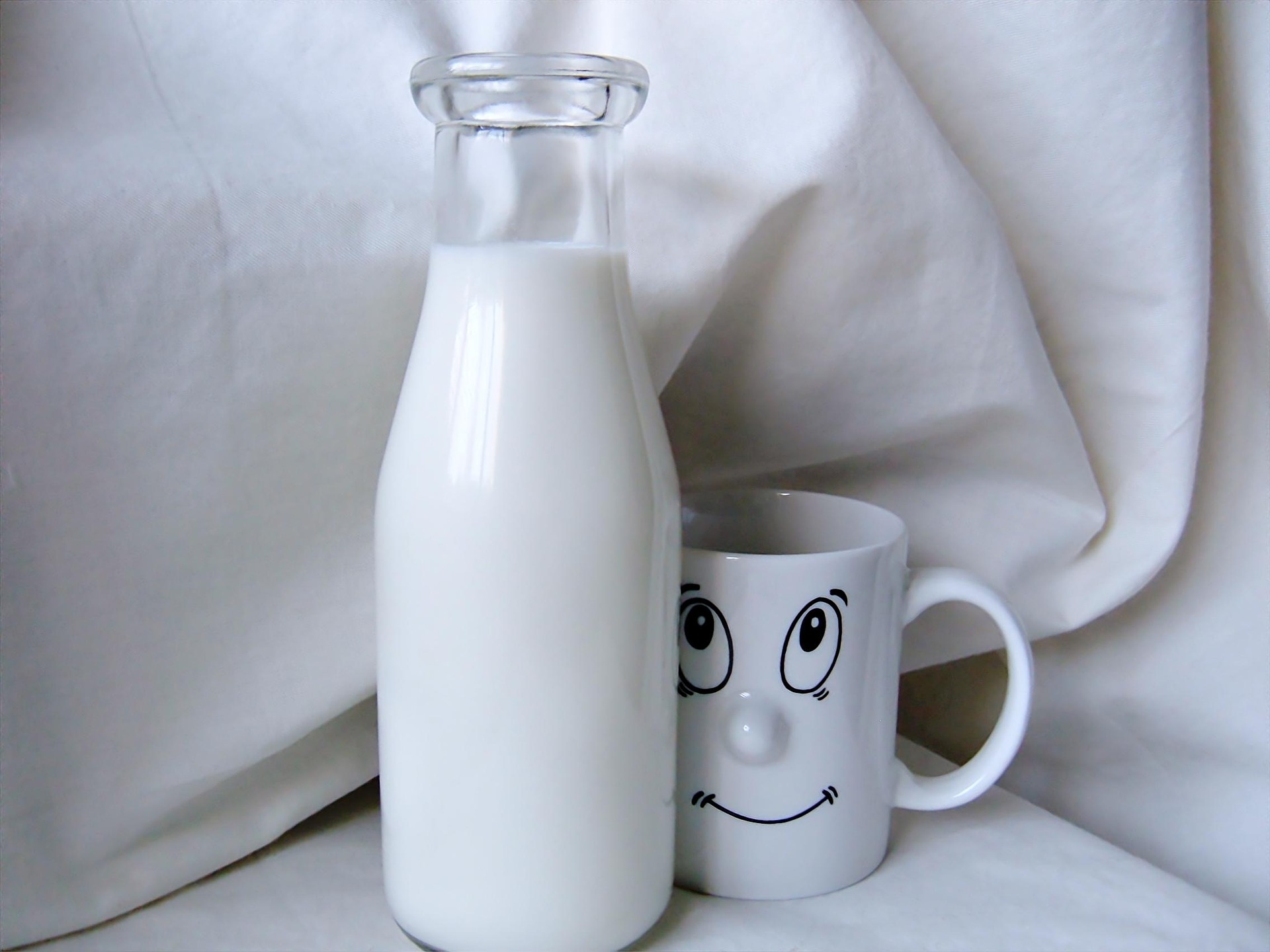
18 Sep Can lactose intolerant eat cheese?
Having a lactose intolerance is very common, but this does not necessary mean to avoid eating cheese. Do you know that many Italian cheeses are naturally lactose free or with a very little percentage of lactose?
Apri l'indice dei contenuti
What is lactose?
Lactose is a sugar, naturally contained in milk from animal origin. When ingested, lactose is divided into two components: glucose and galactose. Then, they are digested and absorbed by our body.
This process occurs thanks to the presence of lactase in our intestine.
How lactose intolerance works?
The lactose intolerance can be qualified as an incapacity to digest lactose. In some people can occur that the body stops producing properly the lactase. In this case lactose is not assimilated, causing some diseases such as abdominal cramps, gas or nausea.
There can be different levels of intolerance, in fact it is possible for some people to eat foods with little amount of lactose without feeling sick. On the other hand, there are cases in which the intolerance to lactose is higher and the best thing to do is to avoid all the products containing lactose, from milk, to cheeses and yogurts.
“A mutation which allowed adults to keep producing lactase emerged around 7000 years ago, and now 35 per cent of people can digest milk as adults – although there are marked geographical variations (see map below). In China and South-East Asia, more than 90 per cent of people are thought to be lactose intolerant, compared with between 2 and 20 per cent of those of northern European descent.”

Fonte : https://www.newscientist.com/article/dn27938-everything-you-need-to-know-about-lactose-intolerance/
Forms of lactose intolerance
There are three main types of lactose intolerance:
- Primary lactose intolerance
This is the most common type. Babies need lactase to digest their mother’s milk, but it occurs that with aging there can be a gradual reduction of lactase in their organism.
- Secondary lactose intolerance
The intolerance is a consequence to an inflammation, an irritation or other diseases which damage the intestine and affect the production of lactase. When the causes are eliminated, the intolerance will disappear.
- Congenital lactose intolerance
It is a rarer form of intolerance to lactose and it consists in the absence of lactase in the organism from birth. Babies, in this case, are intolerant also to breast milk. The only solution is to give them a lactose-free instant formula.
Difference between lactose intolerance and milk allergy
A milk allergy is totally different from a lactose intolerance. When a person is allergic to milk means that his or her body’s immune system overreacts to one of the proteins contained in milk, namely casein and whey. This fact can cause both mild symptoms (such as itching, hives) or more serious symptoms (difficulty in breathing or loss of consciousness).
Those people with a milk allergy don’t have to eat any food that contains milk.

Are “lactose free” and “dairy free” the same?
This is one of the most common questions regarding the choice of products when a milk allergy or an intolerance occurs.
- Lactose free products are always made with milk, but with no or minimum percentage of lactose. They still contain milk proteins (unless other processes to remove them are done), for this reason they are indicated for lactose intolerant people.
- Dairy free products, instead, are made without milk or any other of its component. The term “dairy” refers to all the products derived from milk of animal origin. Therefore dairy-free products are indicated for people with milk allergies.
Can lactose intolerant eat cheese?
Yes! There’s a good news for those who are intolerant to lactose: they do not necessarily give up on cheeses. Many of us do not even know that there are famous cheeses naturally without lactose. This is possible mainly because they have a long maturation process. During maturing the lactose is transformed into lactic acid, therefore in these cheeses the quantity of lactose contained is almost zero.
Italian cheeses which are naturally lactose free
Many Italian cheeses are naturally free from lactose, especially the hard ones. In general, these cheeses are subjected to a long aging, such as:
- Pecorino cheese is made with sheep’s milk which has lower percentage of lactose. It could be a perfect option for lactose intolerant people. Read also: https://ma-vi-trade.it/en/discover-italian-pecorino-cheese
- Provolone. It is an aged pasta filata cheese which can have a sharp taste or a mild taste. Some versions are also smoked.
- Grana Padano;
- Parmigiano Reggiano;
- Gorgonzola, a veined Italian blue cheese with savoury taste. It is very used in the Italian cuisine: it can be melted in a risotto, served with polenta or used as a pizza topping.
- Fontina is an Italian cheese produced in the North of Italy. It has a rich and creamy flavour which intensifies with aging.
Grana Padano and Parmigiano Reggiano
Grana Padano and Parmigiano Reggiano are the most known Italian cheeses worldwide. They could seem similar at a first sight as they both are hard cheeses and they both have a Protected Designation of Origin (PDO). Sometimes they are identified in general with the term “parmesan”, especially abroad, but Parmigiano Reggiano and Grana Padano do have differences as regards the area of production, the method of production, the maturation time… To know more about the features of Parmigiano Reggiano and Grana Padano click here and get a look to one of our previous articles: https://ma-vi-trade.it/en/grana-padano-or-parmigiano-reggiano-what-to-choose/

